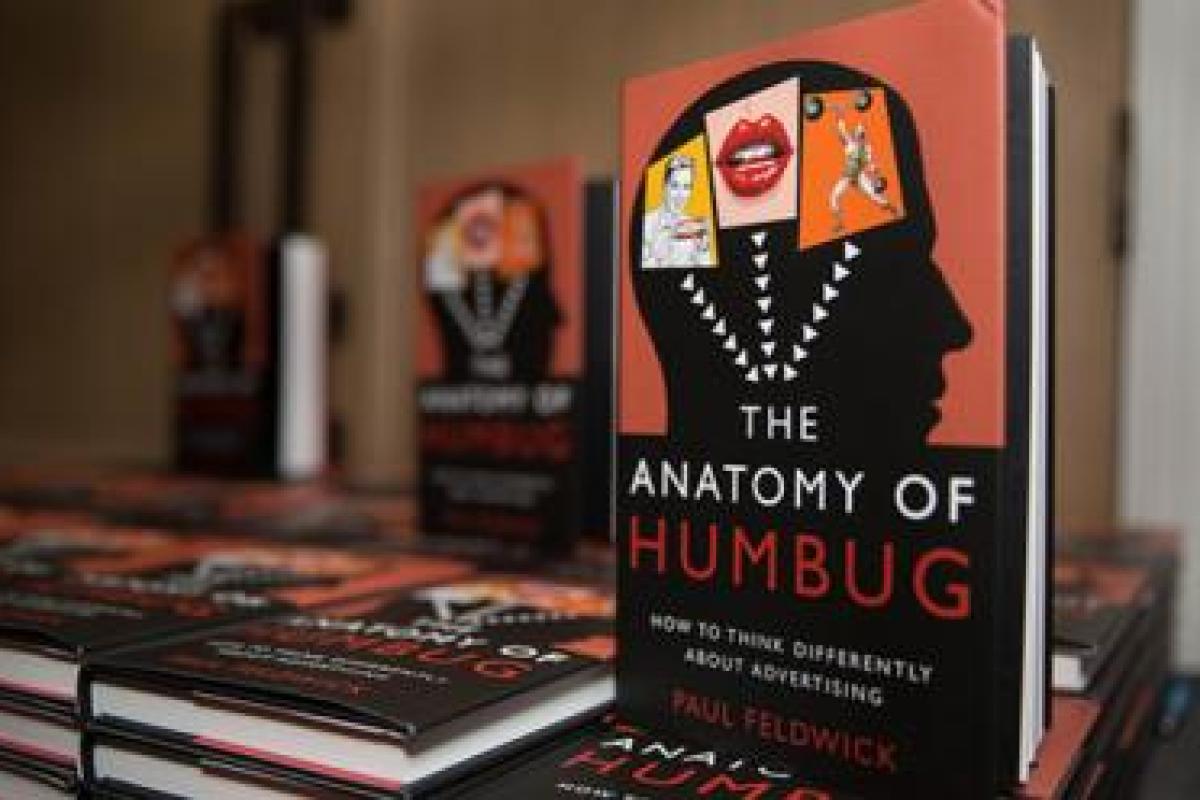Paul Feldwick’s new book is like the best journeys; enjoyable, informative, takes you somewhere new and leaves you thinking about it long after it has finished.
The journey is part history, part academic analysis, part challenge and part storytelling woven together to create a delightfully educative mix.
The journey takes you through the history of the alternative theories of how advertising works and challenges many and maybe all of your preconceptions. Feldwick sets the different schools of thought in their historical context and tries to see both their strengths and their weaknesses. For example, he points out that Rosser Reeves’ assertion that “people remember only one thing from an advertisement” was nothing more than an assertion. There was, and is no scientific evidence to support it, yet many creative briefs still contain a “what is the single most important thing we want people to take form this advertisement” section.
The book focuses on two main schools of thought which are labelled Salesmanship and Seduction, but in the latter stages Feldwick continues the alliteration and introduces four more schools – Salience, Social Connection, Spin and Showbiz.
His slightly apologetic use of “The Blind Men and the Elephant” (he is concerned that it could be misconstrued as politically incorrect) was for me one of the highlights.
The poem, which Feldwick remembers form his childhood, describes how six curious blind men from Indostan approach an elephant from slightly different directions and so encounter the animal in different ways. One walks into its side and decides the elephant is ‘very like a wall’, the one who finds the trunk thinks the elephant ‘very like a snake’, one encounters the ear which he likens to a leaf and so on.
The analogy that Feldwick draws, and which is so powerful, is set out in the final verse
And so these men of Indostan
Disputed loud and long,
Each in his own opinion
Exceeding stiff and strong,
Though each was partly in the right
And all were in the wrong!
He goes on to say: “We want it easy, we want it to be simple; we want something that can be written in the corporate manual and sent around the world… but advertising isn’t like that”. This idea that there might not be one answer and that each of the schools has something to offer, may not fit the soundbite society we seem to be living in but it is a much more informed - and I suspect truer reflection - of the many and different ways advertising does work.
If I have one small criticism of the book, it is the title which, while very much in keeping with the style of book, is gentle, intelligent and even a bit subtle. I think it may just be a bit too clever and mean that the book won’t reach the broad audience it should.
I would add this book to any suggested reading list for people in marketing and advertising. It deserves to be read and, unlike many business books, it keeps on giving right through to the end.
Join our Book Club. If you're a member of The Marketing Society we'd love you to write a 300-word review for our Clubhouse. Or if you're an author get in touch. We've got lots of members keen to review your book. Contact Michael Piggott to find out more.
Read more from Giles Lury is Executive Chairman of The Value Engineers. Read more from him in our Clubhouse.
